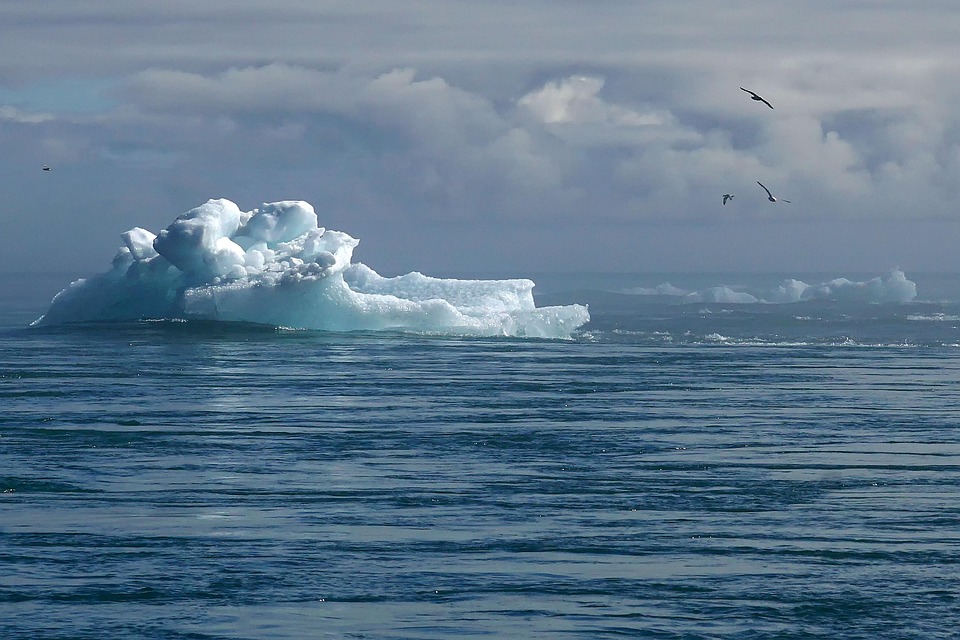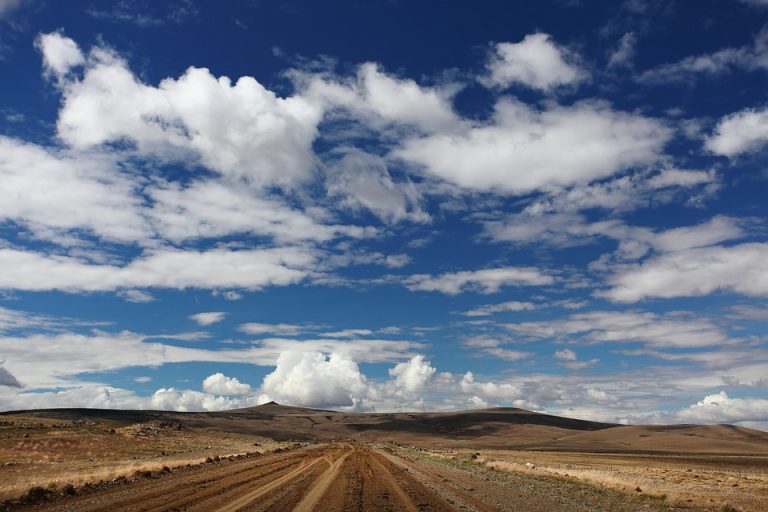Iceland’s weather is as varied and captivating as its stunning landscapes. 12 months of weather in Iceland reveals the enchanting shifts that beckon travelers year-round. Whether you’re dreaming of glowing northern lights or the thrill of summer hikes, understanding the weather is crucial to planning your adventure.
Contents
- Why Understanding Icelandic Weather Matters
- January: Embrace the Chill
- February: Winter Wonders
- March: The Transition Month
- April: Spring Awakens
- May: The Beauty of Spring
- June: Midnight Sun Magic
- July: Summer Bliss
- August: Late Summer
- September: The Fall Colors
- October: Autumnal Chill
- November: Winter Approaches
- December: A Winter Wonderland
- Weather Tips for Travelers
- Embrace the Elements
- Bottom Line
- FAQs
Why Understanding Icelandic Weather Matters
Iceland’s climate is a mix of maritime and continental influences. This means you can experience sunshine, rain, snow, and wind all in one day. Knowing what to expect will help you pack wisely and plan activities that align with the weather. Plus, it adds to the excitement of exploring this unique land.
So, let’s dive deep into what each month holds in store for you.
January: Embrace the Chill
January is deep in winter’s grasp. Expect short days filled with a mystical twilight glow. Daylight lasts about 5-6 hours, so make the most of it!
- Temperature: -1°C to 3°C (30°F to 37°F)
- Weather: Snowy, icy, and windy
- What to Do: Perfect for snowshoeing and soaking in hot springs.
February: Winter Wonders
February continues the winter trend but brings subtle changes. The days begin to lengthen, allowing for more exploration.
- Temperature: -2°C to 4°C (28°F to 39°F)
- Weather: Snow, rain, and clearer skies
- What to Do: Ideal for whale watching and visiting ice caves.
March: The Transition Month
March is a beautiful time in Iceland as winter begins to yield to spring. Expect a mix of snow and budding life.
- Temperature: -1°C to 5°C (30°F to 41°F)
- Weather: Unpredictable; sunny spells and snowfall
- What to Do: Experience the last of winter activities while enjoying longer days.
April: Spring Awakens
April is when you’ll notice the landscape coming alive. The snow melts, revealing lush greenery.
- Temperature: 1°C to 7°C (34°F to 45°F)
- Weather: Rainy days, but also sunny bursts
- What to Do: Perfect for hiking and exploring waterfalls.
May: The Beauty of Spring
May marks the transition into full spring. The weather is milder, and the days are delightfully long.
- Temperature: 3°C to 10°C (37°F to 50°F)
- Weather: Mostly sunny with occasional rain
- What to Do: Great time for birdwatching and exploring the Golden Circle.
June: Midnight Sun Magic
June is where the magic truly begins. Experience nearly 24 hours of daylight—perfect for endless adventure.
- Temperature: 6°C to 13°C (43°F to 55°F)
- Weather: Mostly dry and sunny
- What to Do: Ideal for hiking, camping, and exploring the highlands.
July: Summer Bliss
July is peak summer. The weather is warm, and the landscape is in full bloom.
- Temperature: 8°C to 15°C (46°F to 59°F)
- Weather: Pleasant with occasional rain
- What to Do: Perfect for road trips and experiencing festivals.
August: Late Summer
August continues the summer vibe, but you might start seeing signs of autumn.
- Temperature: 7°C to 14°C (45°F to 57°F)
- Weather: Warm but can be unpredictable
- What to Do: Great for hiking and exploring the coastline.
September: The Fall Colors
September is a beautiful time for a visit. The landscape transforms into a tapestry of fall colors.
- Temperature: 5°C to 11°C (41°F to 52°F)
- Weather: A mix of sunny days and rainy spells
- What to Do: Ideal for photography and enjoying the northern lights.
October: Autumnal Chill
October brings colder temperatures and a more pronounced autumn feel.
- Temperature: 2°C to 7°C (36°F to 45°F)
- Weather: Windy and rainy
- What to Do: Time to witness the northern lights in full swing.
November: Winter Approaches
November is when winter starts to take hold again. Expect cold, dark days.
- Temperature: -1°C to 4°C (30°F to 39°F)
- Weather: Snowy with shorter days
- What to Do: Perfect for cozy nights in hot springs and northern lights tours.
December: A Winter Wonderland
December wraps up the year with a magical winter charm. The festive season adds a special touch.
- Temperature: -2°C to 4°C (28°F to 39°F)
- Weather: Cold, snowy, and dark
- What to Do: Enjoy the holiday spirit and explore the winter landscape.
Weather Tips for Travelers
- Dress in Layers: The weather can change quickly. Layering helps you adapt.
- Check Forecasts: Always check local forecasts before heading out.
- Stay Flexible: Be ready to change plans based on the weather.
Embrace the Elements
Iceland’s weather is an integral part of its charm. Each season offers unique experiences, from the frozen beauty of winter to the vibrant life of summer. Understanding 12 months of weather in Iceland allows you to make the most of your journey.
Bottom Line
Planning a trip to Iceland? Embrace its weather! From winter wonderlands to summer hikes, every month offers something special. Pack wisely, stay flexible, and immerse yourself in the beauty of this enchanting land.
Are you ready to experience the magic? Let Iceland capture your heart!
FAQs
1. What is the best time to visit Iceland?
The best time depends on what you want to experience. For northern lights, visit between September and April. For summer activities, June to August is ideal.
2. How cold does it get in Iceland during winter?
Winter temperatures range from -2°C to 4°C (28°F to 39°F), but wind chill can make it feel colder.
3. Can I experience all four seasons in one day?
Absolutely! Iceland is known for its rapidly changing weather, so be prepared for anything.
For more information about Iceland’s weather, visit the Icelandic Meteorological Office. Stay informed and enjoy your trip!








